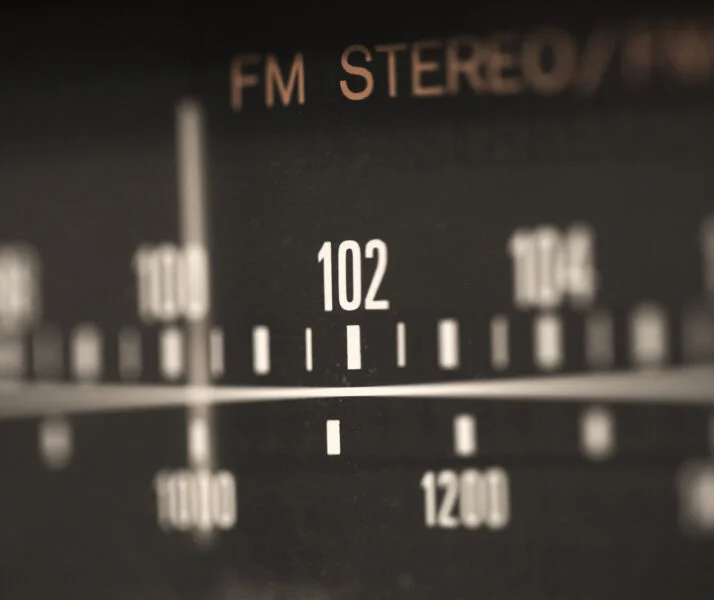
Marketers are becoming part-time marketing and advertising strategists, economists, analysts, developers, UX/UI managers, customer acquisition channel experts and more. In a role that has become exponentially more complex, it feels like we’re all just surviving the day by putting out the next fire or making one more decision based on convoluted data and information.
To that, I feel every marketer could use a survival guide when it comes to podcast advertising. Podcasts are one of the fastest-growing addressable markets, with an incredibly engaged audience that has shown an overly high propensity to respond to an advertiser’s call to action.
Many advertisers now use podcasts as a main performance marketing channel to bolster their new customer acquisition efforts. However, most advertisers don’t understand this new medium and especially don’t know how to effectively take advantage of it. So, we built a podcast advertising survival guide to help make sense of the podcast advertising landscape:
Create a campaign plan.
Have a firm understanding of your campaign goals, creative strategy, flight dates, frequency, audience targets, programming and host alignment desires, offer strategy (offer or no offer), etc. This will help your agency build the correct plan from the beginning.
Know your measurement tools.
Measurement is the key to determining success in a podcast advertising campaign. Promo codes, vanity URLs and checkout surveys are the three best practices to track when it comes to the success of a campaign.
- Promo Codes: This is the most common method of tracking direct sales. A unique code is created for each show to track attribution properly.
- Vanity URLs (Custom link/URL): These are URLs that are unique to the show and lead to a dedicated web landing page.
- Post-Checkout Surveys: These are the “How did you hear about us?” surveys that pop up on a website after a user completes the advertiser’s desired conversion action.
Understand the difference between ad formats.
There are several ways to advertise via an audio format, but knowing the benefits of these four are crucial:
- Endorsed: Tapping the power of the personality, this ad format uses podcast hosts and the power of recognition, trust and respect among their audience. They lend their name and personal testimonial to promote a product or service. The endorsement tends to be interwoven into the content of the show and feels very native.
- Non-Endorsed (Produced): As it sounds, this type of ad doesn’t include a host testimonial. The host, or a non-host, will read copy points provided by the advertiser. The spot is recorded and inserted into the show based on an agreed-upon cadence.
- Baked-In: The ad lives in the show’s content forever.
- Dynamic Insertion: Prerecorded reads (host-read or other) that are integrated into the show’s breaks. The ads are inserted on-demand by using a programmatic ad-buying platform.
Be creatively simple.
Keep it simple and stick with one idea. Don’t overcommunicate or dilute the main message you’re looking to convey. Ensure that a clear call to action is given. If endorsed, provide a few copy points and let the host do the rest based on their experience with the product or service and let their personality shine through.
Consider ad flow.
The timing of where and how your ad is placed is crucial to how well it seamlessly flows into the content. The sweet spot is called a mid-roll and is the most desired inventory, as it occurs periodically throughout the episode. An ad that falls too early (pre-roll) or too late (post-roll) in the podcast episode can have a material impact on the performance of the ad itself and won’t reach a fully engaged audience.
Understand the value of CPMs.
An episode download is the standard unit of measurement and is the equivalent of an “impression.” Most endorsed podcast ads are sold on a CPM basis, and prices typically range from $15–$25 per 1,000 impressions (downloads).
Understand channel attribution.
The customer path to conversion is a complex, nonlinear journey involving multiple devices and channels. A customer may hear an advertiser’s ad while listening to a podcast on their phone, visit the advertiser’s website, then go home and look at competitor websites on their computer before going back to the original website on their tablet, then finally purchase from their desktop. Plus, they could forget to type in the vanity URL or use the promo code. Ensure you’re taking the necessary steps to measure and understand the “halo” impact of your podcast advertising efforts.
Consider drag.
Because podcasts can be consumed on-demand, the advertising impact tends to have a longer drag effect than other linear channels. A podcast may be downloaded on day one of a new episode release but not be listened to for a week or two, depending on the listener’s habits or schedule. This makes it important to account for the potential drag when considering success.
Test, test, test.
One spot in one show will not be enough to produce the results you want. Be comfortable knowing that not every spot and show will work at first and that a breadth of shows will need to be tested to figure out what works and what doesn’t. If you’re patient, willing to invest in testing and understand channel attribution, you’ll reap the long-term rewards of the channel.
Choose the right agency partner.
If you decided to partner with an agency, make sure you choose one with deep experience in the space, strong industry relationships (network and personality), buying power to help with negotiations, attentive account management, a performance marketing mindset and ability to scale your program.
Since podcasting is still a bit nascent from a monetization perspective, the evolution of the industry has been swift and sharp. However, the fundamental tactics needed to test and scale within the channel will remain consistent for years to come, and this survival guide should be a great starting point for those looking to jump into the space.
–Kurt Kaufer, Ad Results Media Chief Marketing Officer
Link to original Forbes.com post: A Survival Guide For Podcast Advertising


